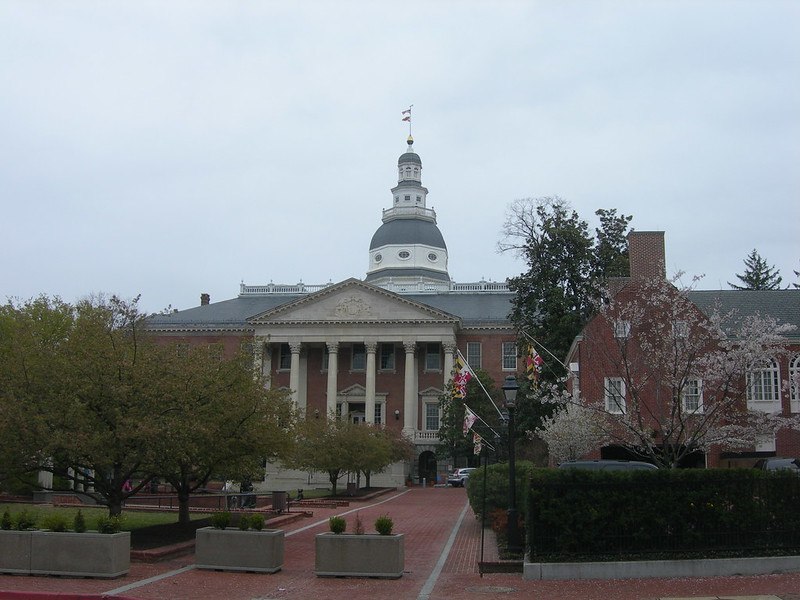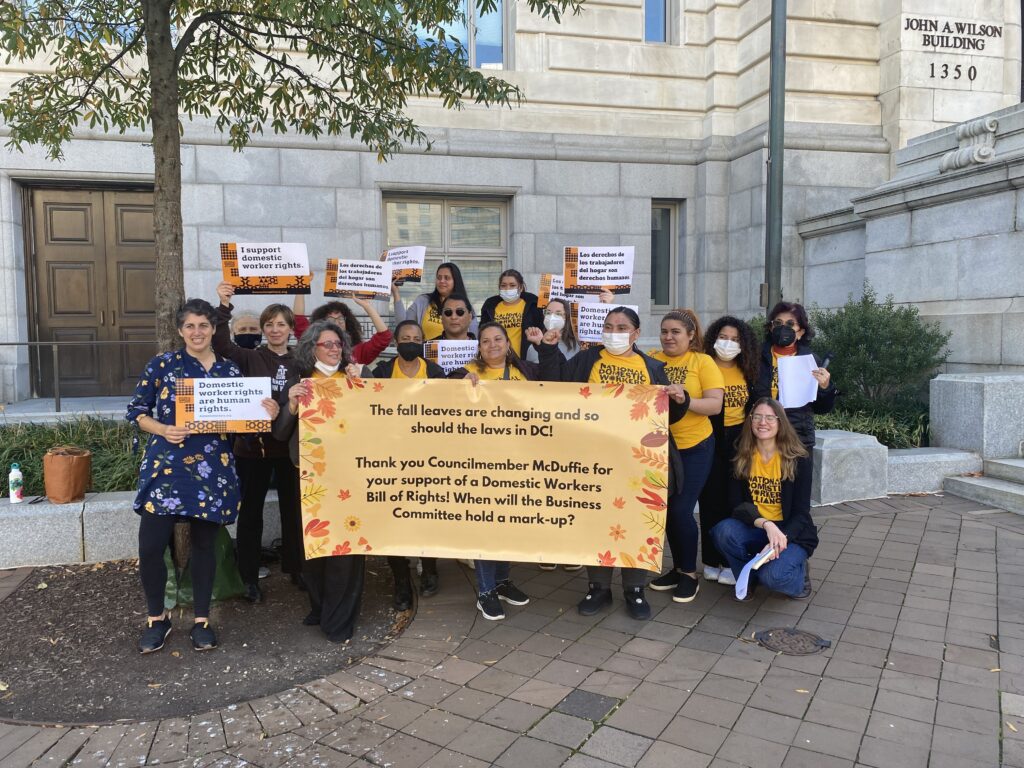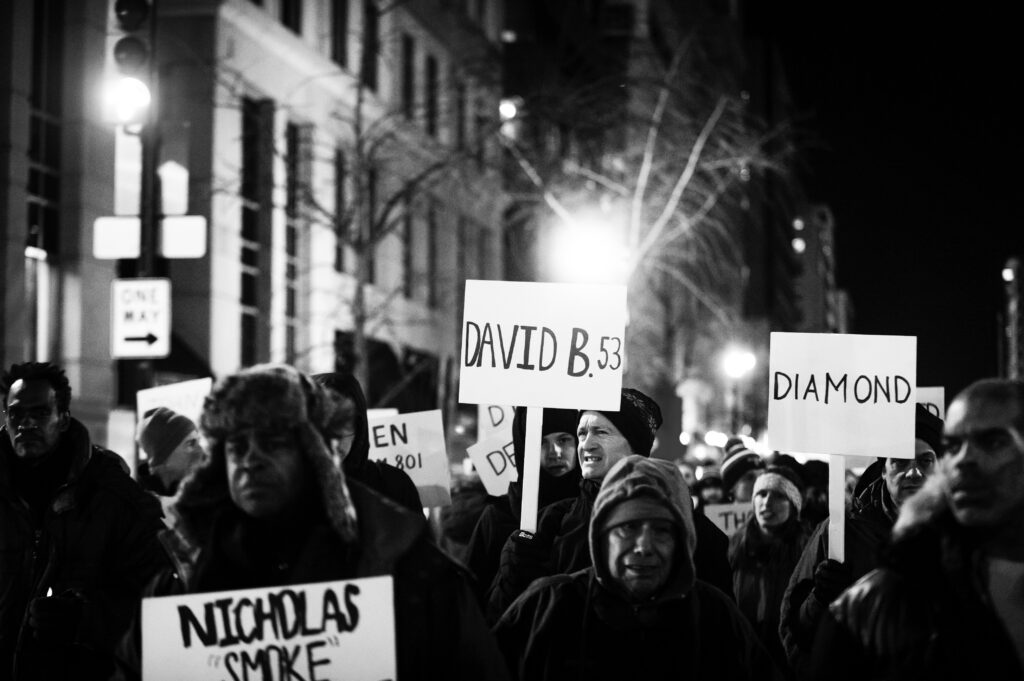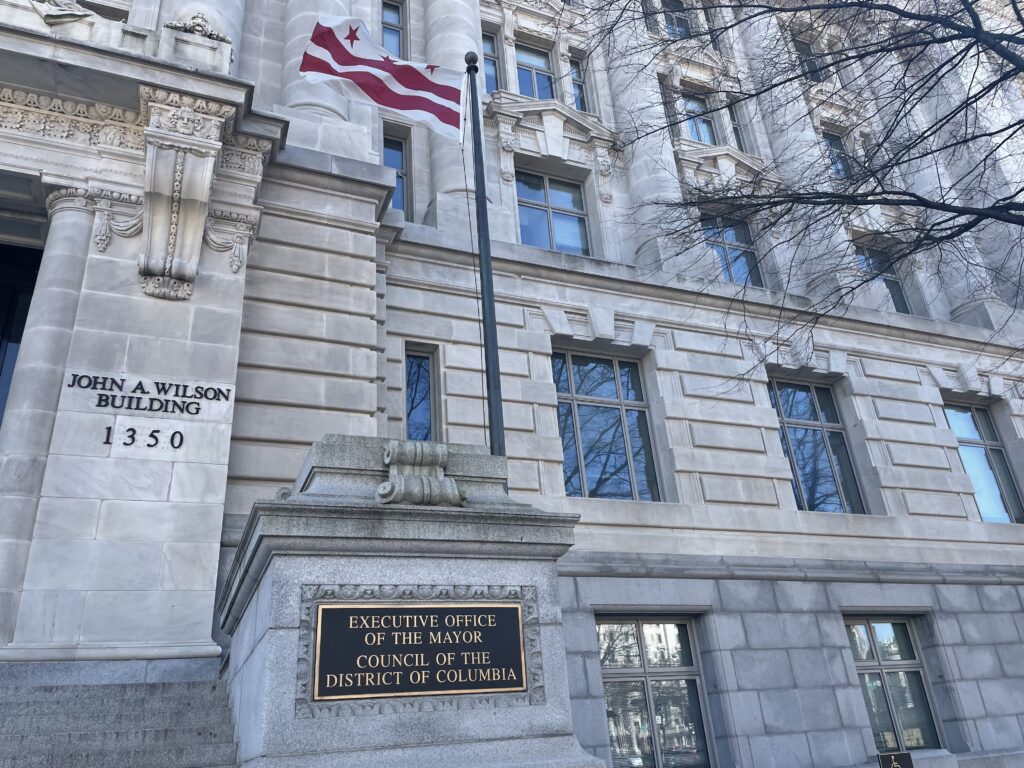A bill signed by Maryland Gov. Martin O’Malley last week made Maryland the first state to include the homeless as a class within the scope of anti-hate crime legislation.
Perpetrators of crimes that target people living on the streets or in shelters will now face stiffer consequences in Maryland, such as sentences of up to 20 years in prison for felonies.
“What the law now specifically provides is for increased penalties for an attack on a homeless person that was committed because the person was homeless,” said Antonia Fasanelli, executive director of the Homeless Persons Representation Project.
State Sen. Alex Mooney, a Republican, sponsored Senate Bill 151, which also added gender and disabilities as determining factors in applying the state’s antihate crime laws. Those laws already covered attacks against a person based on his or her race, color, religious beliefs, sexual orientation or national origin.
“The other historic thing about this signing today is that the homeless are considered a protected class,” said Michael Stoops, executive director of the National Coalition for the Homeless.
Advocates of protecting the homeless celebrated Maryland’s pioneering measures at a press conference Thursday in Baltimore.
“It sends a very clear message that the government does not tolerate hate crimes against homeless people,” said Tulin Ozdeger of the National Law Center on Homelessness & Poverty. “We hope this legislation will be one step in many that Maryland will take.”
Elsewhere, state legislatures in California, Ohio and Texas are considering similar bills. In Congress, Rep. Eddie Bernice Johnson (D-TX) has introduced a resolution, on which Eleanor Holmes Norton (D-DC) is a cosponsor, to extend anti-hate crime protections to the homeless. And the City Council in the District of Columbia will vote on similar directives as early as June.
Other state and local governments have taken actions to stem or track violence against the homeless. Maine and Alaska have allowed a victim’s homeless status to be a factor in sentencing. Seattle added homelessness as a category applicable to anti-harassment cases. And Los Angeles has asked its police to begin tracking attacks against homeless people.
“There’s no law enforcement agency anywhere that keeps statistics on attacks against the homeless,” said Stoops. “We need a more scientific way. If we had a scientific way, the numbers would be a lot higher.”
As the numbers stand, according to Stoops, more than 800 attacks against the homeless were documented from 1999 to 2008. More than 200 of those attacks resulted in loss of life.
Mooney, who originally opposed the Maryland bill on the grounds that it provided protection on the basis of sexual orientation, cited newspaper reports of incidents involving attacks on the homeless as his motivation for sponsoring the bill, which had been defeated twice before passing this year. The law takes effect October 1.
“The legislature acknowledged the serious circumstances that our clients face every day on the streets and something had to be done,” Fasanelli said.
In 2008 in Maryland, there were four attacks on homeless people, two of which were fatal. One was on Valentine’s Day when a homeless man was beaten to death while sleeping in an alley in Frederick. Documented attacks on homeless people in Maryland date back to at least 1992. That year, a homeless Korean War veteran in Annapolis was killed after being soaked in urine, called a “worthless bum” and kicked down a ravine. Almost a decade later, in 2001, a group of young men from South Baltimore killed three homeless people during a spree of beatings and robberies.
“When the teens went to trial in Baltimore, they testified that they considered the people they attacked to be trash,” Fasanelli said. “So that does provide some indication of their intent.”
Most violence against homeless people nationwide is perpetrated by teenagers and young adults, Stoops added.
“There’s a big battle going on in downtown America. … Many cities are criminalizing homelessness,” he said. “This gives a bad image to youths that homeless people are worthless.”
Their growing visibility also is contributing to aggression against homeless people, Fasanelli and Stoops agreed. Homelessness increased by 10% in Baltimore from 2006 to 2007 and by 14% in 2008, according to Fasanelli.








